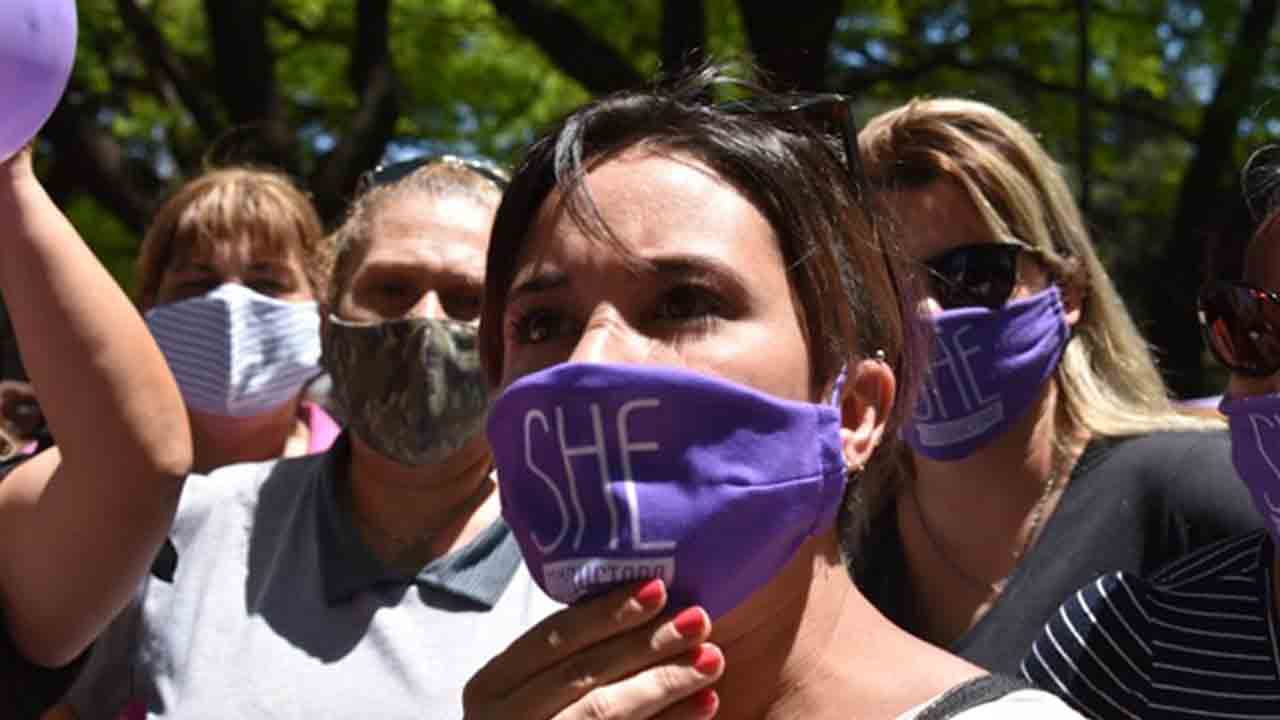US President Joe Biden has signed a bill for a new $ 1.9 trillion package to help Americans and stimulate the economy affected by the coronary crisis, Reuters reported.
The Democratic-dominated House of Representatives gave its final approval to the bill yesterday, giving the Democratic president a very important victory in the first months of his rule.
“This historic legislation aims to restore this country’s backbone,” Biden said before signing the bill, turning it into law.
The president signed the measure earlier than scheduled in prime time later tonight to mark the one-year anniversary of the introduction of restrictive measures against the coronavirus.
The signing was originally scheduled for Friday, but White House Chief of Staff Ron Klein said it was withdrawn earlier after the bill arrived in the presidency last night. “We want to act as quickly as possible,” Klein said on Twitter.
What does the plan envisage?
According to the megaplan, millions of Americans affected by the coronavirus crisis will receive direct aid checks of up to $ 1,400 per person or up to $ 2,800 per married couple, as well as another $ 1,400 for that person or couple. The total amount of these benefits is $ 400 billion. Couples with annual incomes of $ 150,000 and individuals with annual incomes of $ 75,000 will receive the full amount of this assistance. For individuals and couples with higher incomes, the check will be lower. The benefits will start to be paid this month.
$ 300 a week will be paid as unemployment benefits to the 9.5 million Americans who lost their jobs due to the coronavirus crisis. This measure will last until September 6.
$ 350 billion in aid is also planned for state and local governments, whose budgets have been torn apart by the pandemic. They will be able to have this money until the end of 2024.
Additional $ 130 billion in additional aid will be provided to schools. The money will be used to reduce the size of classrooms and to change classrooms so that there is social distance, to install ventilation systems, to buy personal protective equipment. The money will also be used to hire more staff. $ 40 billion will increase funding for colleges and universities for the same purpose.
A new program for restaurants and bars affected by the pandemic will receive $ 29.6 billion. Grants of up to $ 10 million will be awarded to companies.
The plan also envisions about $ 50 billion to expand coronavirus testing and improve contact tracking with new infrastructure. More than $ 15 billion will be used to accelerate the spread and injection of coronavirus vaccines. $ 1 billion will go to efforts to boost confidence in vaccines, and $ 10 billion will be used to increase the supply of medical equipment to fight the coronavirus.
About $ 3 billion will be provided to the states to deal with mental health problems and other similar disorders exacerbated by the pandemic. More than $ 14 billion will go to support the Department of Veterans Affairs.
The plan also envisions increasing tax rebates for families with children by up to $ 3,000 for each child between the ages of 6 and 17 and up to $ 3,600 for each child under the age of 6.
About $ 30 billion will also be used for low-income households to pay their rents or help the homeless. $ 10 billion will be used for property owners who, due to the pandemic, cannot pay their mortgage loans and cover other expenses.
White House spokeswoman Jen Saki said direct payments for individual aid could be expected in bank accounts this weekend.
The risks
The International Monetary Fund predicts that the new stimulus package will help increase the United States’ gross domestic product by 5 to 6 percent in three years.
The risk of a sudden tightening of funding conditions must be monitored very closely, said International Monetary Fund spokesman Gary Rice. According to him, an additional analysis should be made for the final positive effect of the new incentives worth 1 trillion and 900 billion dollars.
Most countries should take advantage of the increased demand for services and goods in the United States as a result of the new stimulus package, Rice said, but warned that with low dollar funding costs there is a risk that the potential tightening of financial conditions could be passed on to developing countries. is traded.
A jump in interest rates is also a risk that the Federal Reserve and other central banks around the world must monitor very closely, Rice said.
–


